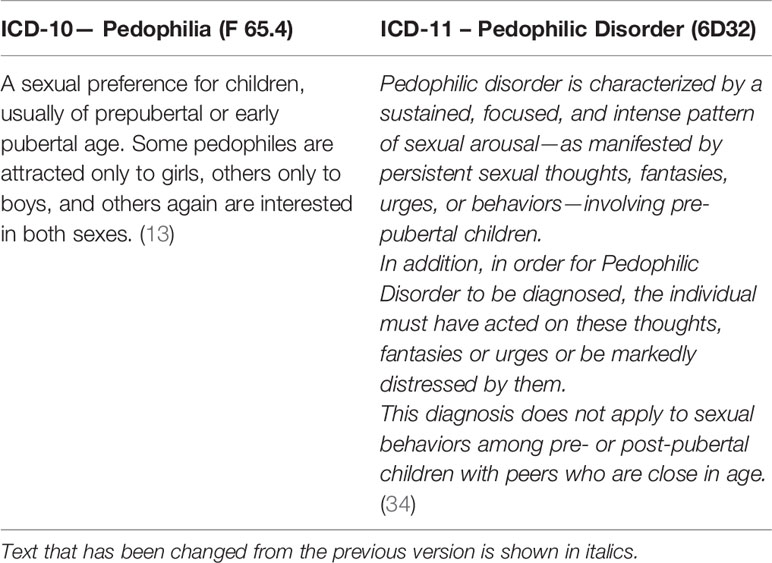
intense fears of abandonment (either real or imagined).Women are more commonly diagnosed with this condition compared to other identities. “There are both genetic and environmental influences on developing this disorder, but it’s important to remember that behaviors may mimic those in individuals who use antisocial behavior as a protective strategy for survival,” says Elinor Bawnik, LMFT, who works with people with personality disorders in Los Angeles, California.Īccording to the DSM-5, borderline personality disorder (BPD) is typically characterized by a pattern of unstable relationships, self-image, and impulsivity.Ī 2018 study notes that the rate of BPD within the general population is 1.7%.

Socioeconomic or sociocultural factors, like poverty or migration, can increase the likelihood of someone developing this condition as well. Men are among the most commonly affected.Ī 2019 study suggests that people with adverse childhood experiences (ACEs), like abuse or neglect, were more likely to develop antisocial personality disorder. Many folks who receive a diagnosis of antisocial personality disorder also have a parent with the condition. attention deficit hyperactivity disorder (ADHD).The DSM-5 notes that people with antisocial personality disorder may also have the following co-occurring mental health conditions: placing blame on others for your actions.destruction of properties or belongings.Signs and symptomsĬommon antisocial personality disorder symptoms include: Referring to the official diagnosis instead - antisocial personality disorder - affords a clearer and less stigmatizing understanding of the condition.Īccording to the DSM-5, you must be over 18 years old to receive an official diagnosis, but have a history of displaying related behaviors before age 15. Psychopathy and sociopathy are unofficial and often misunderstood terms. This condition has also been informally called or known as:

Learning the similarities and differences between the cluster B conditions can help us destigmatize these often misunderstood mental health conditions and better understand those who live with them.Īntisocial personality disorder is characterized by persistent disregard for or violation of other people that begins in childhood and lasts throughout life. And according to the DSM-5, cluster B personality disorders are the rarest of the three, with a prevalence of 1.5%. The National Institute of Mental Health (NIMH) notes that personality disorders affect 9.1% of people.


cluster C: avoidant, dependent, obsessive-compulsive.cluster B: antisocial, borderline, histrionic, narcissistic.cluster A: paranoid, schizoid, schizotypal.
DSM 5 ANTISOCIAL PERSONALITY DISORDER MANUAL
The Diagnostic and Statistical Manual of Mental Disorders, 5th edition (DSM-5) categorizes the 10 personality disorders into three clusters: The cluster B personality disorders are grouped together because they share traits, including behaviors that others consider dramatic or overly emotional, trouble maintaining relationships, and significant distress. And folks who live with them experience unique challenges when it comes to navigating relationships, work, and life in general. Personality disorders are deeply ingrained, distressful ways of thinking, feeling, and acting that stray from standard cultural expectations of how people typically think, feel, and act. There are four cluster B personality disorders: antisocial, borderline, histrionic, and narcissistic.


 0 kommentar(er)
0 kommentar(er)
